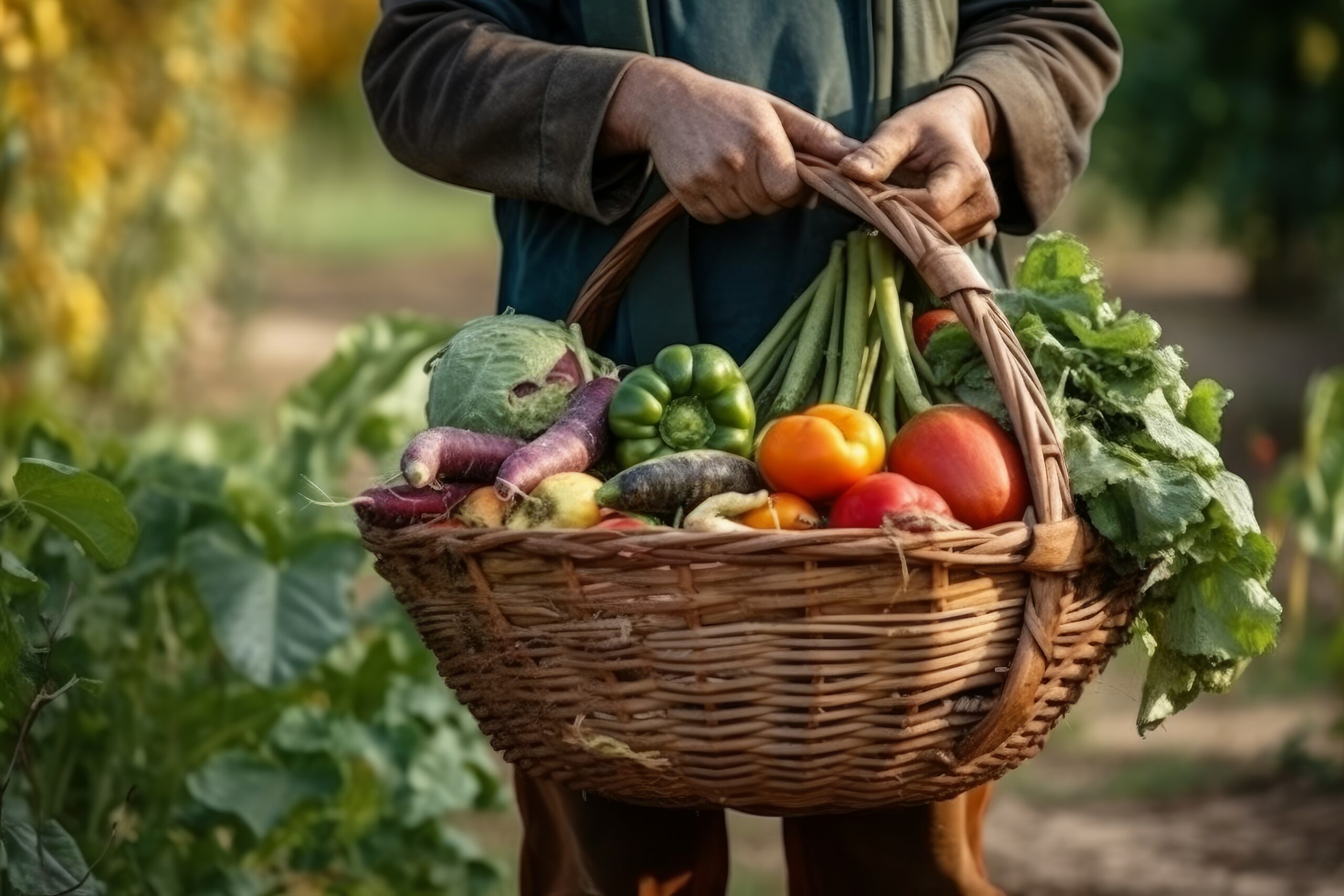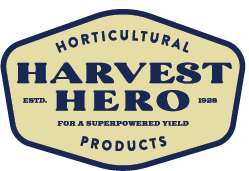Fall Planting: Vegetables to Grow in the Fall

Many people equate the spring with planting new vegetables for their garden, but if you only grow in one season, you’re missing out! Autumn is a great time to grow some new veggies that you can enjoy throughout the season and can freeze for the colder months. Ready for fall planting? Read on to learn about tips for fall planting and the best vegetables to grow.
Fall Planting Tips
- Know the average first frost date in your area. This will help you plan your planting schedule to ensure crops are mature before the first frost. The USDA plant hardiness zone map can give you a clear picture of your area to help you make decisions.
- Water appropriately. Fall can be dry, so monitor soil moisture and water as needed. This helps ensure plants are well-hydrated going into winter.
- Use mulch. Apply a layer of mulch around plants to conserve moisture, regulate soil temperature, and suppress weeds.
- Utilize cold frames or hoop houses. For regions with harsh winters, consider using cold frames or hoop houses to extend the growing season and protect plants from extreme weather.
- Most importantly, make sure you select cool-season veggies. These varieties tend to mature faster than warm-season options and don’t mind the cold. Check out the list below to help you decide.
Fall Planting: Vegetables to Grow in the Fall
Now that you know how to plant in the fall, you need to consider what you want to grow. After researching your USDA hardiness zone and frost date, you might find these cool-season vegetables are ready to thrive in your garden this autumn:
- Broccoli: Plant broccoli in well-drained soil with full sun exposure. Sow seeds or transplant seedlings, keeping them consistently watered. Use a nitrogen-rich fertilizer to promote healthy growth.
- Cabbage: Start cabbage seeds indoors and transplant seedlings outdoors when they’re sturdy enough. Provide rich soil, and water consistently. Mulch around the plants to retain moisture and suppress weeds.
- Carrots: Directly sow carrot seeds in loose, sandy soil. Keep the soil consistently moist for germination. Thin the seedlings as they grow to allow for proper spacing. Mulch helps retain moisture and prevents soil crusting.
- Spinach: Sow spinach seeds directly in the soil. Provide well-drained soil and partial shade in warmer regions. Water regularly, and consider succession planting for a continuous harvest.
- Kale: Plant kale seeds or seedlings in nutrient-rich soil. Water regularly and provide partial shade in hotter climates. Harvest leaves from the outer part of the plant to encourage continuous growth.
- Lettuce: Sow lettuce seeds in well-drained soil. Keep the soil consistently moist, especially during germination. Consider using raised beds for improved drainage. Harvest leaves when they reach the desired size.
- Radishes: Directly sow radish seeds in well-drained soil. Radishes are quick growers and should be ready for harvest in a few weeks. Water consistently, and thin seedlings to avoid overcrowding.
- Garlic: Plant garlic cloves in well-drained soil with good sunlight. Ensure proper spacing and mulch to control weeds. Water regularly, but reduce watering as the garlic matures. Harvest when the leaves begin to yellow.
- Beets: Sow beet seeds directly in the soil. Provide well-drained soil and thin seedlings to the desired spacing. Keep the soil consistently moist, and mulch to retain moisture and suppress weeds.
- Turnips: Directly sow turnip seeds in well-drained soil. Thin seedlings as they grow. Keep the soil consistently moist, and harvest both the roots and greens for a versatile crop.
Is your favorite veggie not on the list? Certain vegetables are not well-suited for fall planting as they thrive in higher temperatures. These include tomatoes, peppers, cucumbers, and squash, which require warm soil for germination and optimal growth, making them better suited for spring and summer planting. Attempting to grow them in the fall may result in stunted growth or poor yields due to the cooler temperatures and shorter days.
Give Your Plants the Start They Need with Harvest Hero
You can support the growth of your cool-season crops with Harvest Hero. Harvest Hero Enhanced Perlite Mix is a nutrient-rich soilless amendment and growing medium that is a 3-in-1 blend comprised of perlite, diatomaceous earth, and essential nutrients. This patent-pending mix has been designed by Harvest Hero’s team of engineers and agronomists to improve soil structure for nutrition which promotes bigger plants and bigger yields. Harvest Hero Enhanced Perlite Mix will meet your plants’ needs by improving soil quality, providing plant nutrients, and amending soil properties to make it easier for the plant to absorb and translocate essential plant nutrients to the root system.
Consisting of domestically sourced perlite, diatomaceous earth, and essential nutrients, Harvest Hero’s 3-in-1 Enhanced Perlite Mix is unlike anything on the market. Try it today and grow further with Harvest Hero soil amendments.



